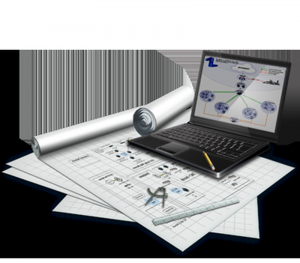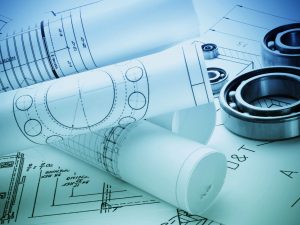Technical translation and translator for windows 10 is the most labor-intensive, since it requires in-depth knowledge of both the foreign language and the native language and full command of the terminology of a particular branch. It is characterized by concreteness, brevity, lack of bright emotional coloring of semantic constructions. The text must be built in a logical chain of terms, concepts and definitions in strict accordance with the stylistic norms of messages of this type.
Style features
Translation of documents of technical and scientific nature implies maximum conciseness of the presentation of material, which significantly increases the information value of the messages. Such interpretation is characterized by a clear logic of phrases, sentences and text, which allows obtaining documentation with a consistent presentation of the content. Its peculiarity is the “dryness” of speech blocks, since when selecting Russian-language analogues for foreign words the use of emotionally coloured lexical units, established verbal expressions, introductory word combinations is unacceptable.
The technical style is inherent in:
saturation of the terminological vocabulary;
Use of complex language constructions;
semantic capacity of speech elements;
Absence of emotional coloring of statements;
logical presentation of the material, and accuracy of interpretation.
A free interpretation of concepts by the translator and an attempt to convey the meaning of terms “in their own words” will lead to a loss of information. Translation of technical documentation requires knowledge of the stylistic specificity of texts in both languages and in-depth knowledge of specialized vocabulary, which is achievable with technical education or extensive experience in the technical field.
Translation direction
When translating user manuals, reference information, equipment descriptions it is important to take into account lexical and grammatical peculiarities of the languages and translation direction. Russian texts are characterized by impersonality, absence of multiple references, whereas in English, for example, personal references are often used. This creates a number of difficulties, because in addition to a full knowledge of the languages, it requires a construction of speech structures in accordance with the accepted technical language norms.
Areas of application
Development of business relations of corporations and companies with the expansion of the number of international partners is the main reason in demand of the specialists performing technical translation. When concluding contracts for the supply of equipment, devices and components it is essential to have complete and informative accompanying documentation containing technical and operational data for correct organization of production process.
Cooperation with research centers and research organizations is associated with regular exchange of specialized information that must be correctly translated without distortion of meaning. This area of translation is in demand in various industries because it enables the correct interpretation:
instrument descriptions, user manuals, equipment installation instructions;
kitting of goods, devices, equipment;
reference information, tables, drawings;
patents, specifications, operating conditions;
scientific developments, other types of documentation.
Given the many characteristics inherent in this area, the technical translator must be highly qualified and have considerable practical experience.
Professionalism of an interpreter
The competence of the specialist is the key factor that determines the correctness, accuracy of interpretation of terms and concepts. He must:
Be fluent in both languages;
Understand the terminology of the narrow technological, scientific branch, used in two languages, select the appropriate correct lexical units;
know the skills of searching for the meanings of terms, definitions, concepts in relevant dictionaries, glossaries, industry reference books;
in view of the constant development of technical branches, a qualified translator must follow the ongoing changes in the terminological base.
clearly observe the characteristic linguistic norms without losing the quality of the interpreted text.
High qualification of the translator, constant improvement of knowledge of the translator, availability of technical education or extensive experience as a technical translator are the guarantee of the accuracy and informative value of the translation. But even with this set of characteristics, the translator often just needs to see the device or apparatus that he translates.